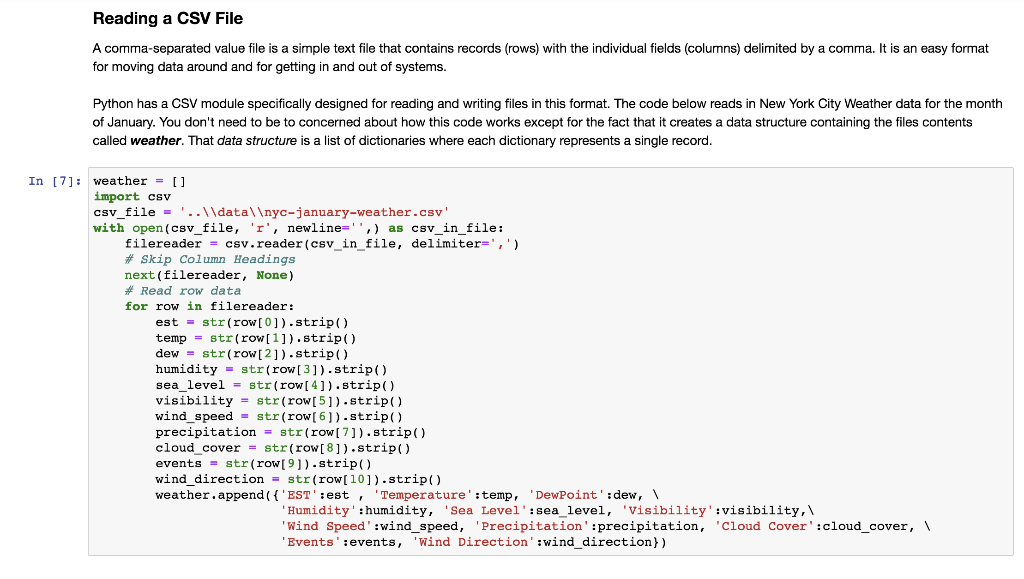
To open a file for writing in binary format, use mode='rb'. To open a file for reading in binary format, use mode='rb'. If you want to open a binary file, you need to add the 'b' character to the optional mode string argument. Per default, Python’s built-in open() function opens a text file. Here’s an example to read the binary file 'my_file.man' into your Python script: with open('my_file.man', 'rb') as f: You can then convert the string to a CSV using various approaches such as the csv module. Check that each "line" is structured the same way (i.e., follows the header order and is separated by commas), etc.To read a binary file, use the open('rb') function within a context manager ( with keyword) and read its content into a string variable using f.readlines(). So before you convert, make sure that in your text file, every value is separated by a comma (or other delimiter). Converting a text file to CSV will not turn your data into tabular data by automatically placing delimiters and headers. 
However, it is important to remember that if your data is in CSV format, it must be formatted correctly. Simply adding the ".csv" extension to the text file will change the file format itself to ".csv". This will automatically change it to CSV format!įor Mac OS and Text Edit, choose "File" and then "Rename" - name the file again and add the ".csv" extension at the end. In Notepad on your PC, open the "File" menu and choose "Save As." Enter the name of your file and add the ".csv" extension.

Do not open the file in a text editor like Microsoft Word! Open the ".txt" file in your default program (usually Notepad or Text Edit). As a result, you can open it in a spreadsheet or import it into one of your programs. Since CSV is plain text stored in a file, turning ".txt" data into ".csv" is not too difficult.






 0 kommentar(er)
0 kommentar(er)
